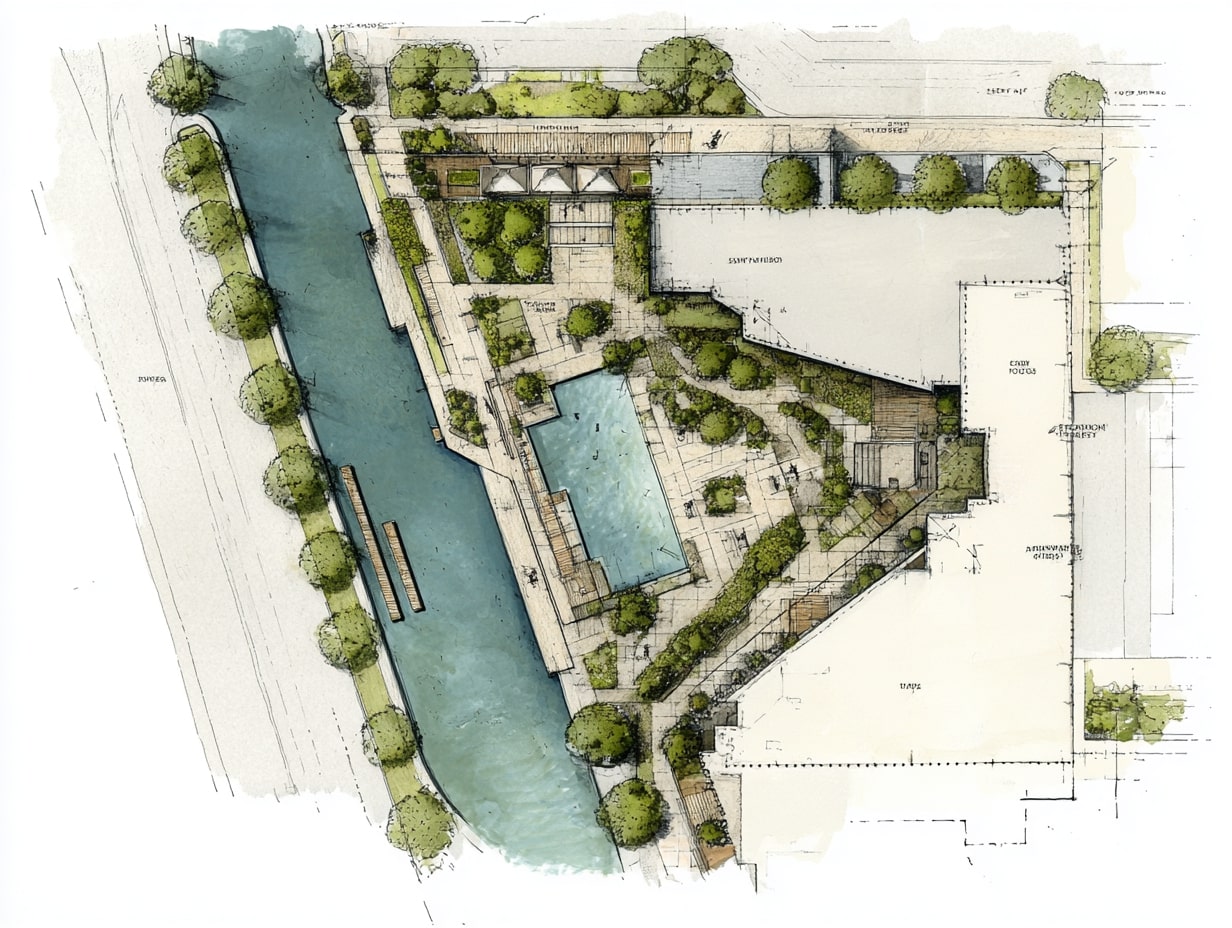- Home
- Articles
- Architectural Portfolio
- Architectral Presentation
- Inspirational Stories
- Architecture News
- Visualization
- BIM Industry
- Facade Design
- Parametric Design
- Career
- Landscape Architecture
- Construction
- Artificial Intelligence
- Sketching
- Design Softwares
- Diagrams
- Writing
- Architectural Tips
- Sustainability
- Courses
- Concept
- Technology
- History & Heritage
- Future of Architecture
- Guides & How-To
- Art & Culture
- Projects
- Interior Design
- Competitions
- Jobs
- Store
- Tools
- More
- Home
- Articles
- Architectural Portfolio
- Architectral Presentation
- Inspirational Stories
- Architecture News
- Visualization
- BIM Industry
- Facade Design
- Parametric Design
- Career
- Landscape Architecture
- Construction
- Artificial Intelligence
- Sketching
- Design Softwares
- Diagrams
- Writing
- Architectural Tips
- Sustainability
- Courses
- Concept
- Technology
- History & Heritage
- Future of Architecture
- Guides & How-To
- Art & Culture
- Projects
- Interior Design
- Competitions
- Jobs
- Store
- Tools
- More
How to Revitalize Traditional Farm Spaces with Modern Innovations

Farming has always been the backbone of human survival, but today, the agricultural world is facing some hefty challenges. Experts predict that by 2050, we’ll need to produce 70% more food to feed everyone—no small feat considering the unpredictable effects of climate change, dwindling natural resources, and the growing demand for sustainability.
This clarifies that traditional farming practices alone are no longer enough—we need innovation to stay profitable. Fortunately, farming is quietly undergoing a revolution, combining time-tested methods with advanced technology to usher in a new era of agriculture.
Table of Contents
ToggleSave waste with new-age horse feeders
For horse owners, feeding time can be a double-edged sword. You want your horses to get the best nutrition, but traditional feeding methods can lead to waste, mess, and even health issues. A suitable horse feeder can fix this by creating a healthier, more natural eating experience while enduring the wear and tear of farm life.
Horses are natural grazers. In the wild, they spend most of their day nibbling on small amounts of grass, which keeps their digestive systems running smoothly. Modern feeding habits—offering large quantities of hay or grain at once—can throw this delicate balance off, leading to issues like colic or obesity. Slow hay feeders mimic grazing in a controlled environment and allow horses to pull hay naturally, reducing overeating and promoting better digestion. Plus, by limiting how much hay is exposed at once, they minimize waste, saving you time and money in the long run.

Small-frame compact tractors
Save space and cut costs with compact tractors, offering a blend of power, precision, and value—perfect for small-scale farms. These tractors come equipped with Tier 4 CRDI diesel engines, providing various horsepower options while staying fuel-efficient. Whether clearing brush, moving materials, or preparing soil, they’re versatile enough to tackle various tasks.
Built for year-round use, they feature preheating aids for cold weather and easy engine access for simplified maintenance. Attachments like rotary tillers and loaders make them adaptable to multiple jobs. With spacious platforms, intuitive controls, and smooth steering, these tractors maximise productivity while keeping fatigue to a minimum.
Bringing farming indoors and moving up
Indoor vertical farming is an innovative solution to our current food production challenges. It allows us to grow fresh produce year-round, regardless of weather or soil quality, using only a fraction of the water and land required by traditional farming.
The idea is to stack crops in controlled environments, maximizing output while minimizing resources. With the right ERP for fresh produce, farmers can efficiently manage every layer of their vertical farm, tracking growth, inventory, and resource use to boost productivity and reduce waste. Farmers can grow crops in layers with vertical shelves, meaning that even the smallest spaces can be productive farmland. Traditional methods are limited by hectares of open land, but these new systems allow farmers to produce significantly higher yields per square foot.
Indoor farms rely on hydroponic and aeroponics which use nutrient-rich water solutions to sustain crops. Aeroponics suspends plants in the air, misting roots with essential nutrients and water. Both of these methods drastically reduce the need for land and water, paving the way for cleaner, more efficient farming.
A greener farm with water management technology
Traditional irrigation methods can waste more water than they save. Runoff overhydrates plants, impacting their growth and risking contamination of nearby water sources with fertilizers and chemicals. Modern water management technology lets farmers hydrate their crops sustainably and efficiently.
Innovative drip irrigation systems deliver water directly to the plant’s roots in slow, steady drips. This approach minimizes waste, using up to 50% less water than traditional methods while improving conditions so crops can thrive. Farmers can achieve healthier plants and higher yields without unnecessary waste by focusing water delivery precisely where it’s needed.
Water management technology also ensures crops receive the exact amount they need for growth. Overwatering is a big problem for farmers, and a lot of older methods can cause root damage and reduce yields. Precision systems help avoid this, enhancing both crop quality and productivity.
These innovative systems also tackle one of agriculture’s most significant environmental challenges: fertilizer runoff. By controlling the water flow, micro drip systems prevent excess fertilisers from seeping into streams and lakes, protecting freshwater ecosystems.
Need some more farm design inspiration?
We like to think of Illustrarch as your architectural inspiration hub. Our community for architecture enthusiasts celebrates innovative projects while transforming perceptions of what can be done. Bookmark our site for easy access to our regularly updated articles on contemporary topics, architectural marvels, and resources for architecture students and professionals alike.
illustrarch is your daily dose of architecture. Leading community designed for all lovers of illustration and #drawing.
Submit your architectural projects
Follow these steps for submission your project. Submission FormLatest Posts
Understanding Site Safety Footwear in Architectural Practice
Architecture is often discussed through drawings, models, and finished buildings, yet a...
General Arrangement Drawings in Architecture: The Backbone of Clear Design Communication
General Arrangement Drawings explained: what they are, when to use them, how...
The Ultimate Guide to Fencing in North Dakota: Choosing the Best Fence for Your Property
Watching a chain link fence twist in 70 mph winds near Minot...
Gaudí: Where Architecture Meets Science
Gaudí: Where Architecture Meets Science shows catenary arches, ruled surfaces, and biomimicry...












Leave a comment